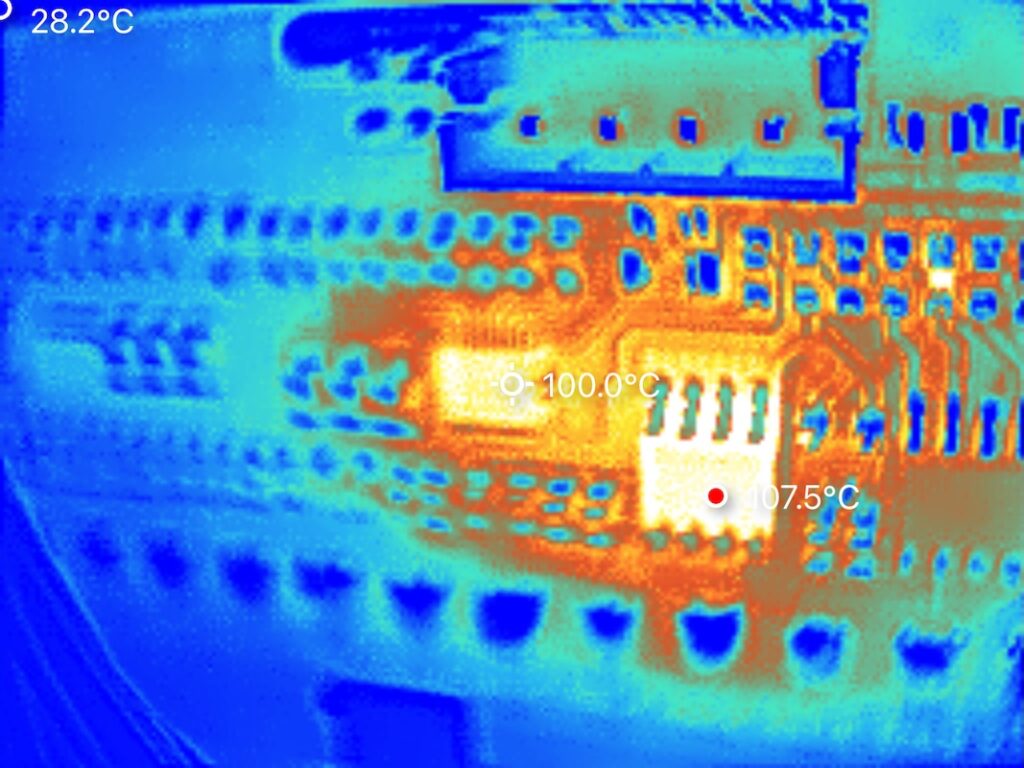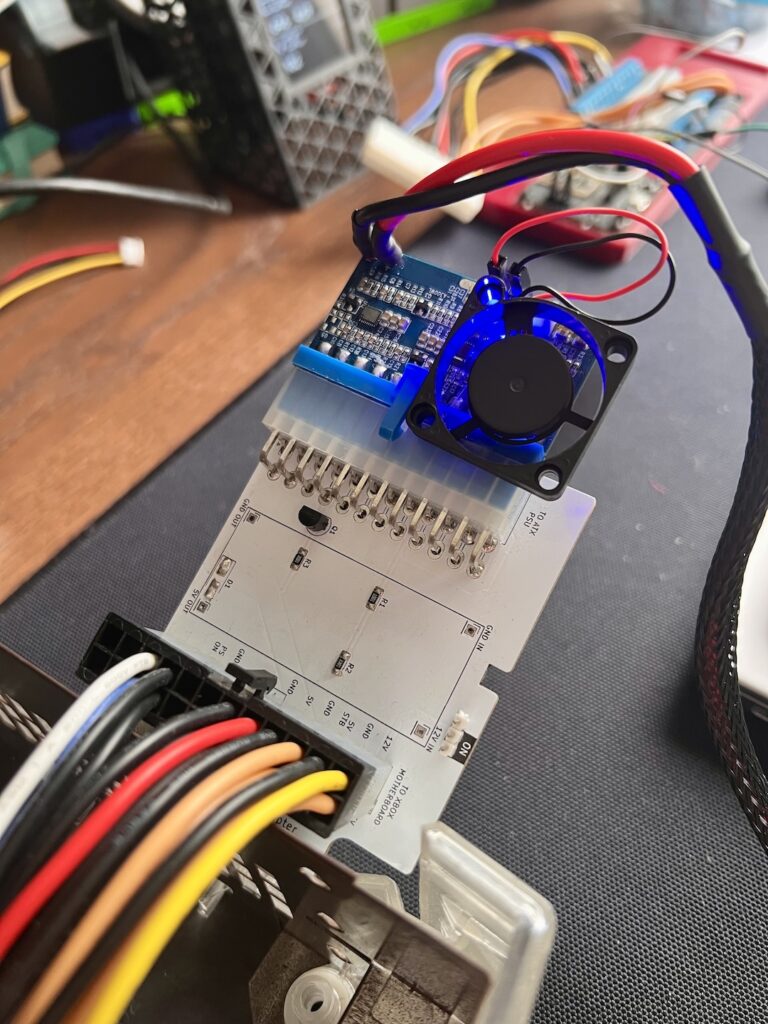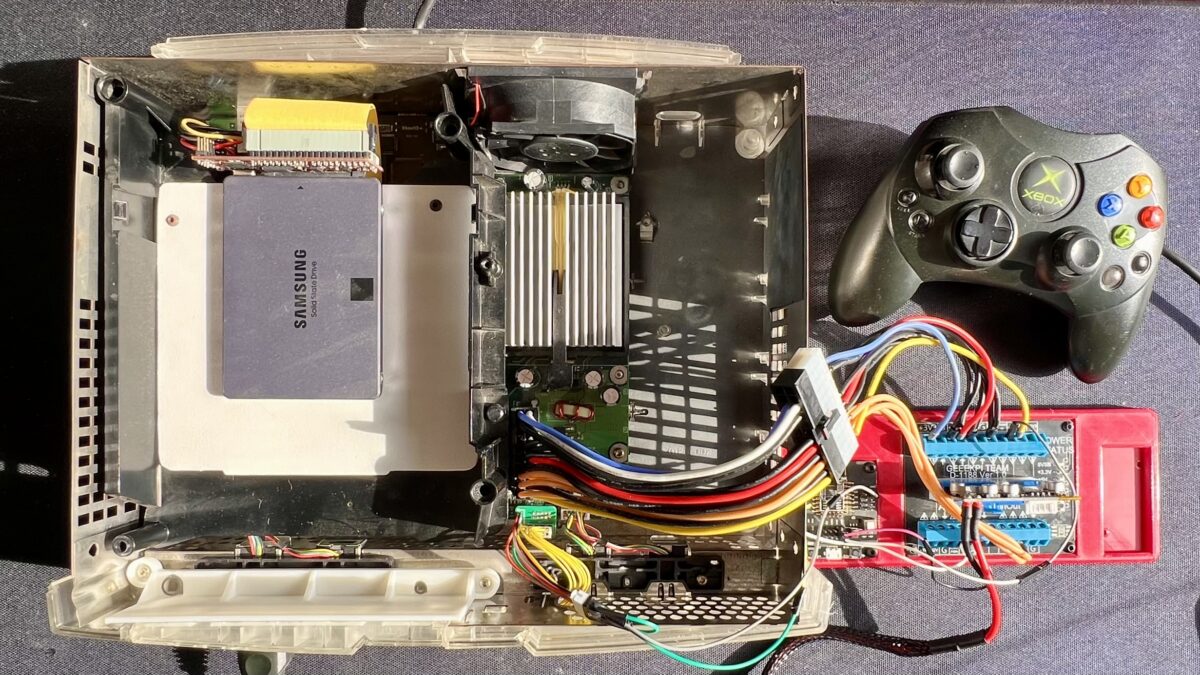Happy New Year, everyone! In this update, I want to share the challenges I’ve faced and the new direction I’ve decided to take for this project.
The Beginning
I always wanted the adapter to be as simple as possible. When I started designing it around the PicoPSU, the project seemed pretty straightforward. But as I progressed, it became more and more complicated.
First, I discovered that the 5V rail on the PicoPSU wasn’t powerful enough, so I added a DC buck converter (which turned out to be a mistake).
Then I found that the adapter didn’t work with regular ATX power supplies, so I added a microcontroller and a power button hijack board.
Later, I tried moving away from ATX PSUs entirely by designing a module around a standard 5V power brick. Unfortunately, none of the available power bricks were powerful enough, and they suffered from severe voltage drops under load.
At some point, I felt completely stuck and unsure how to move forward. It became clear that finding a reliable power brick would be difficult, and making the adapter compatible with every ATX PSU would make the project unnecessarily complex.
A Breakthrough
Then, almost by accident, I came across a PicoPSU clone on AliExpress. I didn’t expect much from it, but to my surprise, it turned out to be incredibly powerful and could run an Xbox without any issues!

The best part? It doesn’t require any additional components like a DC buck converter, microcontroller, or power button hijack board. It works exactly how I had hoped the original PicoPSU would work.
A New Direction
Given this discovery, I’ve decided to refocus the project. Instead of trying to support all possible configurations, I will create a small and simple adapter specifically designed to work with this PicoPSU clone. While this decision wasn’t easy, it will finally allow me to release something reliable and functional.
Next Steps
Although the PicoPSU clone performs well, I’ve noticed it gets quite hot under load, with some components reaching up to 110°C.

This is concerning, but adding a small 5V fan reduces the temperature to a manageable 60°C.

By designing a proper fan mount, I’m confident I can lower the temperature even further.
Here’s what I plan to do next:
- Run more tests to ensure the PSU remains reliable under load.
- Design a fan mount to improve cooling.
- Update and simplify the adapter PCB design.
Once these steps are complete, I’ll finally be ready to release the first batch of adapters!
I’m excited about this progress and look forward to sharing more updates soon. Stay tuned!
Also join the waitlist if you’re interested in getting an adapter once it is complete.

